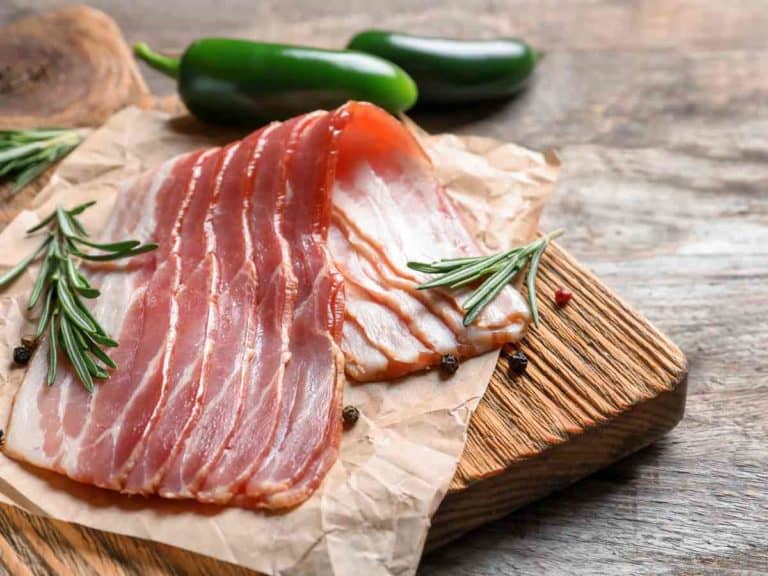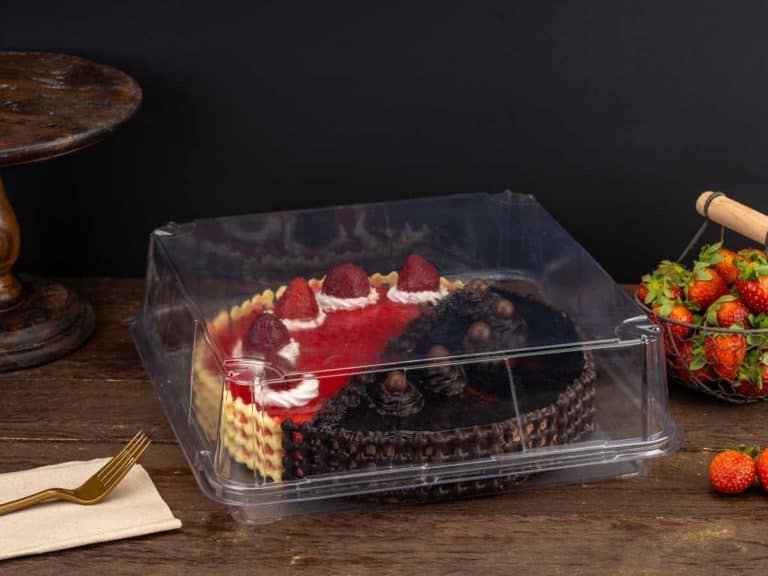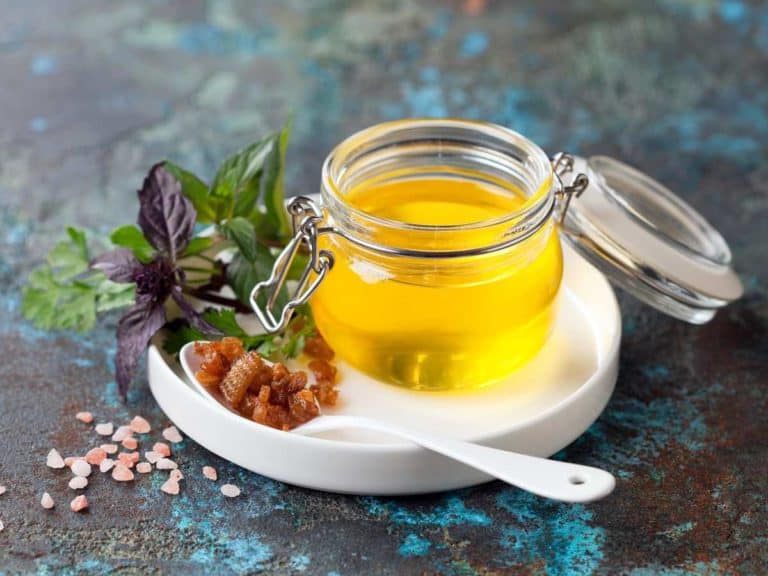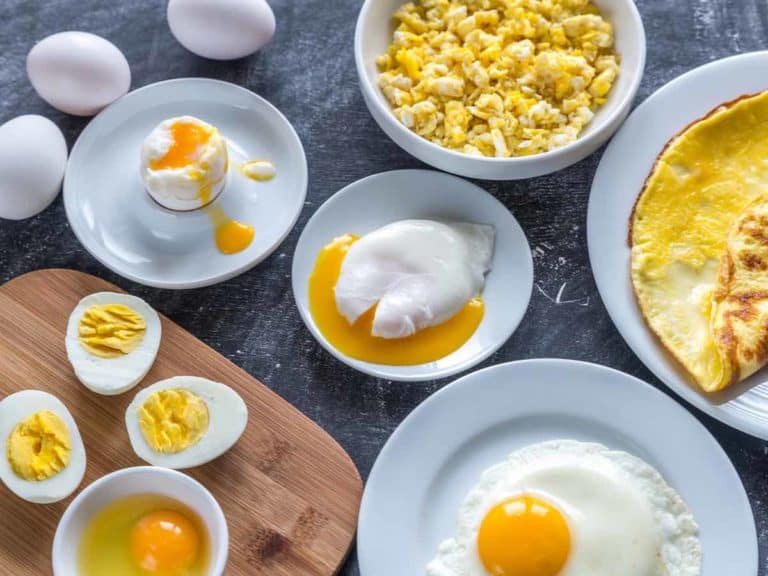Sherry Wine or Sherry Vinegar: When to Use What
You might have heard of sherry vinegar, but what about sherry wine? Cooking sherry is sherry wine made as an ingredient for dishes. Both types of sherry are from the delicate Spanish sherry wine, but what’s the difference? Here you’ll be able to tell sherry vinegar vs sherry wine.
Sherry vinegar is vinegar made from sherry wine. To make sherry wine, special white grapes from Spain are fermented by yeast. To make sherry vinegar, the sherry wine is fermented by bacteria called acetobacter. These bacteria turn the alcohol into acetic acid. Sherry vinegar is thus more acidic.
Both sherry vinegar and sherry wine are used for cooking. But they are not interchangeable. Each has a unique purpose. Keep reading to find out more on how to use them the next time you are in the kitchen.
Sherry Wine
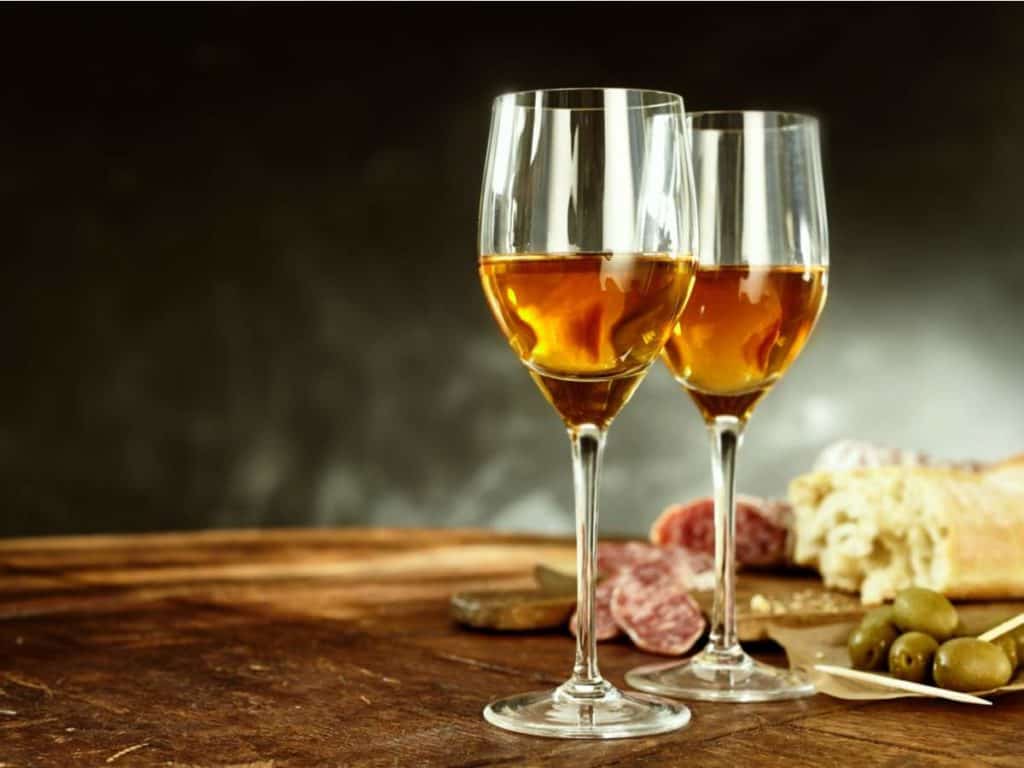
Sherry wine is a specific class of white wine that hails from Spain. It is a fortified wine made from white grapes grown in a specific area in Spain. The Spanish name is Jerez.
And its name, English, Spanish, or what have you, isn’t taken lightly. Spanish producers registered the three names Jerez / Xérès / Sherry. Thus, they can prosecute winemakers who falsely use the name “Sherry”.
Spanish law also says that all wine labeled as “Sherry” must come from the Sherry Triangle. The Sherry Triangle is an area in the Province of Capiz. It is between Jerez de la Frontera, Sanlúcar de Barrameda, and El Puerto de Santa María. Hence, the grapes must be grown in the Sherry Triangle, and the wine-making must also be done there. The European Union also recognizes the Spanish law on sherry.
Related Article: Is Alcohol in Vanilla Extract Harmful?
The Grapes And Fermentation
Only three grapes are grown for sherry wine. These grapes are the Palomino, Pedro Ximénez, and Moscatel. The soil in the Sherry Triangle is ideal for growing these grapes. These grapes are harvested in early September. The grapes are pressed several times to extract the must.
The must from the first pressing is used to make two types of sherry wines, the Fino and Manzanilla. The must from the second pressing is used to make Oloroso. The must from further pressing is used for lesser wines, distillation, and vinegar.
Classifying And Fortifying
The must is fermented until the end of November. When fermentation is done, the base wines are fortified with grape sherry spirit. This step raises the alcohol content. How the wines are fortified depends on their classification. So before they are fortified, the wine is sampled to classify them. There are four general classifications.
The first is the finest. It has the finest flavor and aroma. It will be made for Fino or Amontillado. These wines are fortified to about 15% alcohol to allow flor to grow. Flor is a film of yeast that will grow on the surface of the wine. It lowers the wine acidity and creates more flavor.
The second classification is the heavier, fuller-bodied wines. These wines are fortified to about 17.5% to keep flor from growing. These wines are further aged to make Oloroso.
The third classification means the wine is still good, but its fate is unsure. These wines are allowed to develop further. After this time, they will be used for either Amontillado or Oloroso.
The fourth classification means the wine developed poorly and will be distilled.
Ageing
After fortifying, the wines are then aged. The wines are then aged for at least 2 years in American oak casks that are 600 liters (158.5 gallons). American oak has been the wood of choice for ageing sherry wines since Spain and the US started trading. Spain bought the wood while the US bought the wines.
Sherry wines are aged using a process called the Solera Criadera System. This system is a series where portions of “young” wines are mixed with “old” wines. At the end of the series, the portion of the barrel that is transferred can be between 5% and 30% of its original contents. Because the final wine is a mix of young and old, it has the freshness of young wine and the maturity of old. The age of the youngest wine going in the bottle is determined by the number of barrels involved in the series.
Nutrition And Benefits
Below are common nutrition data of 8 fluid ounces (~240 milliliters) of sherry wine.
- Calories: 120
- Carbohydrates: 14.4 g
- Dietary Fiber: 0 g
- Sugars: 3.6 g
- Protein: 1.1 g
- Total Fat: 0 g
- Cholesterol: 0 mg
- Sodium: 1,456 mg
- Potassium: 208 mg
Don’t worry about those sugars and sodium. Those are naturally occurring in the wine. However, there is more to sherry wine than just the calories.
Antioxidants
Antioxidants are chemical compounds that can prevent or slow down certain cell damage. These cell damages are caused by unstable molecules called free radicals. Free radicals are almost everywhere. Our own cells produce free radicals. Free radicals are also present in the environment, like pollution.
Like all wines, sherry wine has a bunch of antioxidants called polyphenols. A study a long time ago looked into the antioxidant activity of sherry wines. It found that the antioxidant activity was not different from other white wines. Another study found that sherry wines had up to 16 different polyphenols. A recent study found that Amontillado sherry wines had 42 antioxidants. Of this 42, 11 were found for the first time in sherry wine.
Cooking with Sherry Wine
Only a few recommend cooking sherry. They find it either too sweet or too salty. Almost all cooks recommend using real sherry wine for cooking.
You can use it for any recipe that calls for white wine. Like other wines used in cooking, sherry can intensify and accent the flavor and aroma of food. Many people think of sherry as a sweet or dessert wine. However, sherry can also have nutty, dried fruit, and saline flavors.
For example, Fino can be very dry and light-bodied. It can have notes that can remind you of almonds, fresh dough, and wild herbs.
These traits make Fino great for a variety of light savory dishes, like seafood. It’s also great for sweet dishes, like pies. Thus, when you cook with sherry, find out first what is the flavor profile of the sherry you’ll use. Doing so will help complement or enhance your dish.
Related Article: Does Lemon Extract Go Bad?
Sherry Vinegar
Like its wine, sherry vinegar is made in the Sherry Triangle. The name “sherry vinegar” is also protected by Spanish and EU law. Most sherry vinegars are aged using the same Solera Criadera system.
Sherry vinegars are aged for at least 6 months in American oak. Most sherry vinegar is made from wines made from Palomino grapes. The vinegar can be from young or aged wine. The flavor mostly depends on the ageing. Below are the three kinds of aged sherry vinegar.
- Vinagre de Jerez has a minimum of 6 months aging in wood.
- Vinagre de Jerez Reserva has a minimum of 2 years aging in wood.
- Vinagre de Jerez Gran Reserva is a new category with a minimum of 10 years aging in wood.
Nutrition And Benefits
Sherry vinegar shares many of the health benefits of other vinegars. Some people even compare it to apple cider vinegar or balsamic vinegar. These benefits include:
- lower LDL (bad) cholesterol
- blood sugar control
- blood lipid control
And like apple cider vinegar, sherry vinegar has virtually no calories.
Cooking With Sherry Vinegar
However, the flavor of sherry vinegar is different from its wine and apple cider vinegar. Sherry vinegar has a sour taste, which is unsurprising. The sourness is strong, but not overpowering.
Sherry vinegar also retains some of the flavor notes of its original wine. It can have those floral and nutty notes of sherry wine. Thanks to the Solera Criadera system, sherry vinegar has a complex flavor profile. It seems to balance between sweet and sour with hints of savory.
Like many vinegars, sherry vinegar is commonly used in vinaigrettes. It can bring freshness into many comforting savory dishes like stews and soups. You can reduce it and use it as a glaze on meats like chicken, duck, fish, and beef.
You can also pair it with other acids, like apple cider vinegar, balsamic vinegar, or lemon juice. If you need more acidity in your dish, then sherry vinegar is the way to go.
If you enjoy cooking, it would be wise to have both sherry wine and sherry vinegar in your pantry. You can keep sherry wine in a dark quiet place.
Unlike other wines, you store sherry upright to keep oxidation low. You also store sherry vinegar in a similar place. The next time you whip up something, see if a splash of sherry wine or sherry vinegar can make it better.
Cooking Wine Vs. Drinking
Both cooking wine and drinking wine can get you drunk. But both don’t taste the same.
Cooking Wine
The first difference you’ll notice is the price. Cooking wine is cheaper. That lower price is due to the lower quality. But that doesn’t mean that cooking wine isn’t good. It’s just not as good as drinking wine. The reason behind the lower quality is that cooking wine isn’t meant to be drunk. It is used to complement the flavor of whatever you’re cooking.
The alcohol content of cooking wine is also moderately high. The reason is that most of that alcohol will burn off during cooking. If the alcohol content was lower, it would all burn off before you’re done cooking. If you did a slow-cook, then your food may taste like burnt wine instead of that natural distinct wine flavor.
Cooking wine might also have other ingredients, like salt, sweeteners, and preservatives. You won’t find those in regular wine. The salt and sweeteners are meant to help enhance the flavors of what you’re cooking. However, some people find those extra ingredients have the opposite effect.
The reason is that real wine does not have all that saltiness and sweetness. Meanwhile, the preservatives are meant to make the wine last longer. Since cooking wine isn’t meant to be drunk, manufacturers expect it to be unused for much longer.
Drinking Wine
Drinking wine is meant to be drunk and enjoyed as is. So it’s made with more care. Its flavors are more distinct. There are more of those flavor nuances that you have to watch out for if you want to savor the experience.
Hence, when it comes to flavor, drinking wine always tops cooking wine. However, just because this kind of wine is meant for drinking doesn’t mean you can’t cook with it.
There’s a saying: “Cook only with wine that you’d drink”. Because if you want to give your food that distinct wine flavor, then why not use real wine?
If you’re out buying ingredients, making that extra trip to the wine store or wine aisle is worth the effort. Using real wine will give better results for your food. You won’t even find cooking wine in a wine store, let alone a wine aisle.
Cooking wine is likely shelved near the vinegar and salad dressings. No one might even ask if you’re of drinking age if you’re buying cooking wine. The reason is that cooking wine is considered an ingredient and not a drink.
Wine Vinegar
Now you know the difference between cooking wine and drinking wine. It’s time to know what exactly wine vinegar is.
As the name suggests, wine vinegar is vinegar made from wine. The general process of wine-making is yeast turns sugars into alcohol, specifically ethanol. The process is called fermentation, but it doesn’t end there. That alcohol can be further fermented by bacteria called acetobacter.
The acetobacter ferments the ethanol to acetic acids. Wine vinegars would still have some alcohol, but not as much. In theory, you can get drunk from wine vinegar, but wine vinegar is too gross to drink. Plus, you’ll have to drink a lot of wine vinegar for that.
The traits of wine vinegar depend on a lot of things. Among these things is the kind of wine it started with.
Red Wine Vinegar
Like regular vinegar, wine vinegar is acidic. Red wine vinegar has an acidity level between 5 % and 8%. Some people enjoy the high acidity level. But many usually find it to be too strong. Hence, some red wine vinegars are diluted with water to bring down the acidity to 5%.
Red wine vinegar is great for foods with heartier flavors. Examples include beef, pork, and vegetables. Red wine vinegar also retains a reddish or pinkish color. If you add it to your cooking, it can impart those colors into your dish.
White Wine Vinegar
White wine vinegar has an acidity level between 6% and 7%, not so different from red wine vinegar. White wine vinegar is great for seasoning raw and light dishes.
Examples include salads, pickles, vinaigrettes, and butter sources. It’s also great for lighter meats like white chicken and fish. White wine vinegar is commonly used for a bunch of seafood dishes. And like its origin, white wine vinegar has no distinct color.
Hence, it is used in dishes where you don’t want to change the color.
Read Next: Iced Tea: Soda, Soft Drink Or What?


